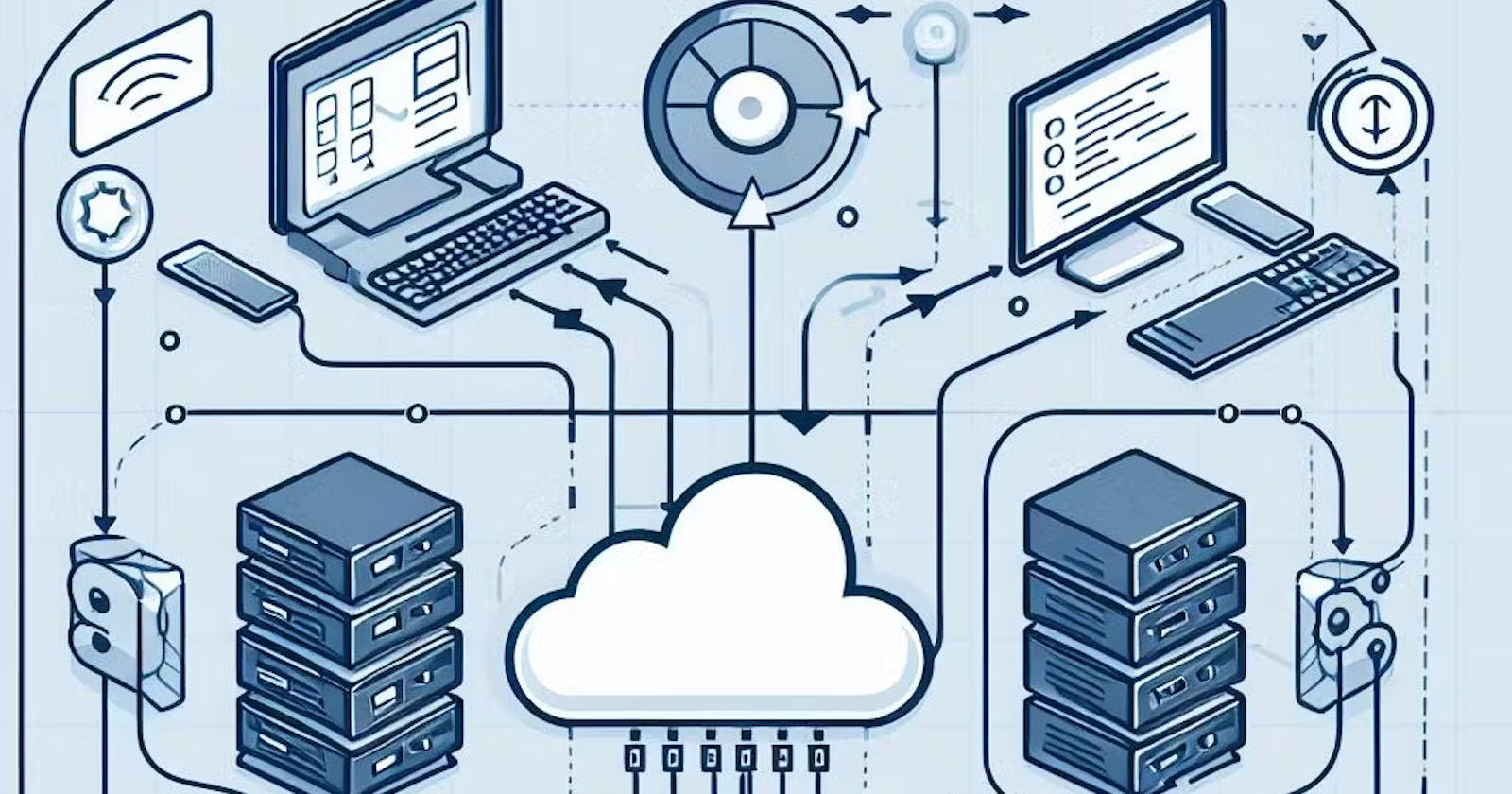In the ever-evolving landscape of computing, one architectural paradigm stands tall, orchestrating seamless communication and resource distribution – the Client-Server Architecture. This blog delves into the intricacies of this foundational model, exploring its components, advantages, and applications that shape the digital realm.
Understanding Client-Server Architecture
At its core, Client-Server Architecture is a computing model that divides tasks between the client, the end-user device, and the server, a centralized system. This division enhances efficiency, enabling streamlined communication and resource sharing.
Components of Client-Server Architecture
Client: The user's device, be it a computer, smartphone, or any connected device, initiates requests for services or resources.
Server: The central system that processes client requests, managing data, applications, or services. It responds to client queries and facilitates resource access.
Advantages of Client-Server Architecture
Scalability: The architecture supports easy scalability by adding more clients or servers as needed, accommodating varying workloads.
Centralized Management: Centralizing resources on the server simplifies management tasks, ensuring uniform updates, security measures, and data storage.
Efficient Resource Sharing: Sharing resources like databases, files, or processing power enhances efficiency, reducing the load on individual client devices.
Reliability and Security: Centralized control allows for robust security measures and ensures reliable data management, crucial for sensitive applications.
Applications Across Industries
1. Web Services:
Client-server architecture is the backbone of the World Wide Web, where web browsers (clients) interact with servers hosting websites or applications, fetching and displaying content.
2. Database Management:
In database systems, the client sends queries to the server, which processes and retrieves the requested data, optimizing data storage and retrieval.
3. Enterprise Systems:
Businesses employ client-server architecture in enterprise resource planning (ERP) systems, streamlining processes, and providing a centralized platform for organizational data.
Future Perspectives
As technology continues to advance, client-server architecture remains relevant, adapting to the demands of an interconnected world. Cloud computing and edge computing further extend the capabilities of this model, ensuring its longevity and continued impact on how we interact with digital services.
In conclusion, the client-server architecture serves as a cornerstone in the realm of computing, fostering efficient communication, resource sharing, and centralized control. Its versatility and adaptability make it a foundational structure that continues to shape the digital landscape, promising a future of interconnected possibilities.
